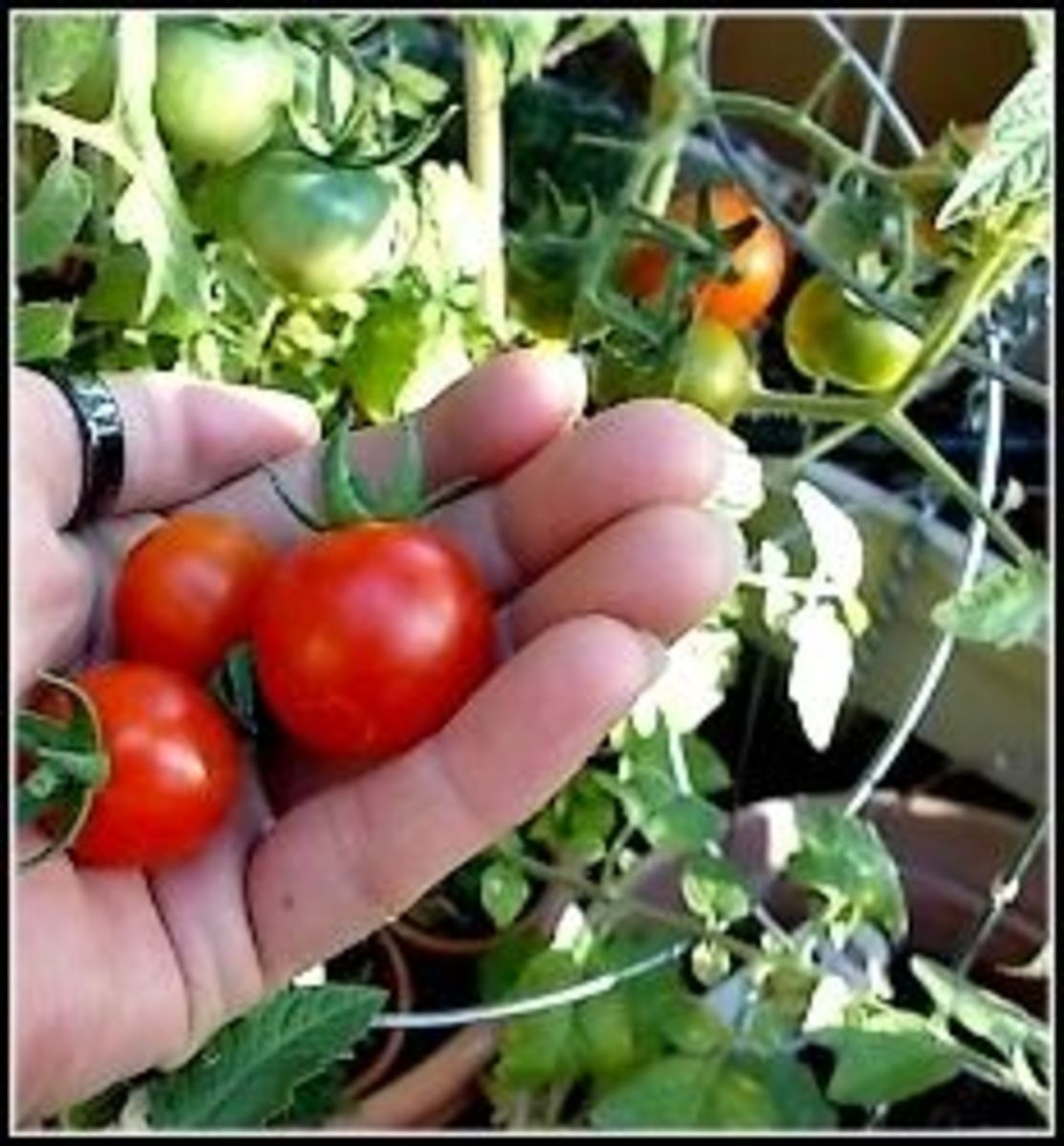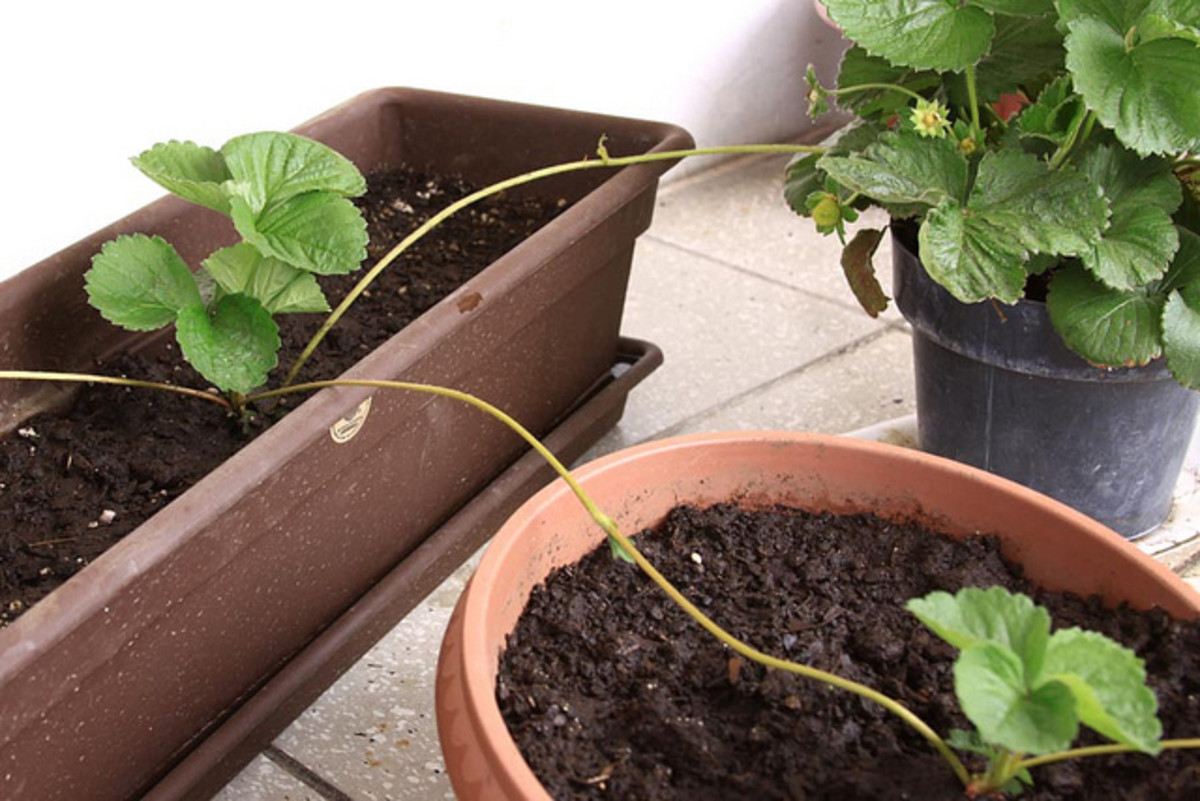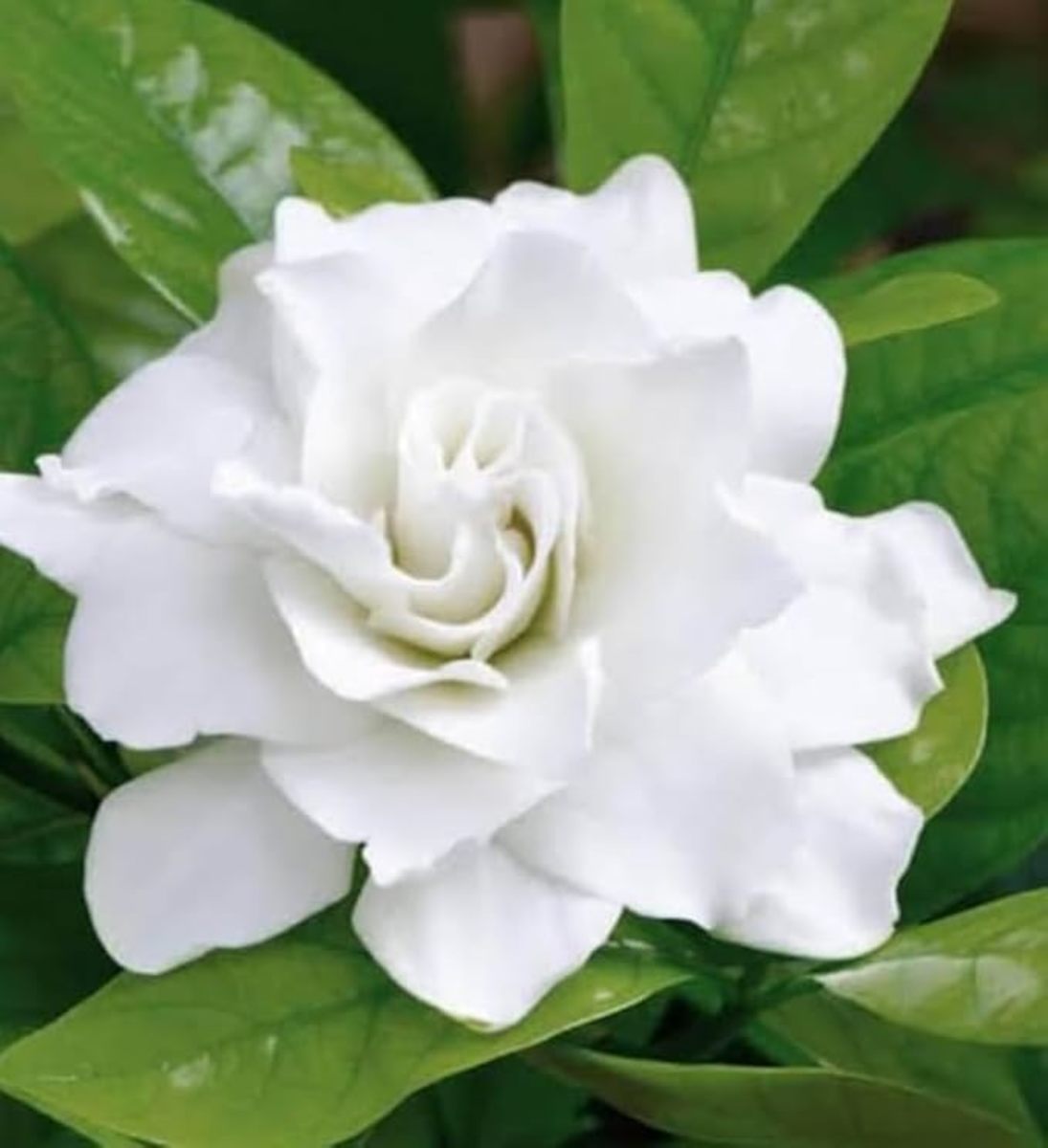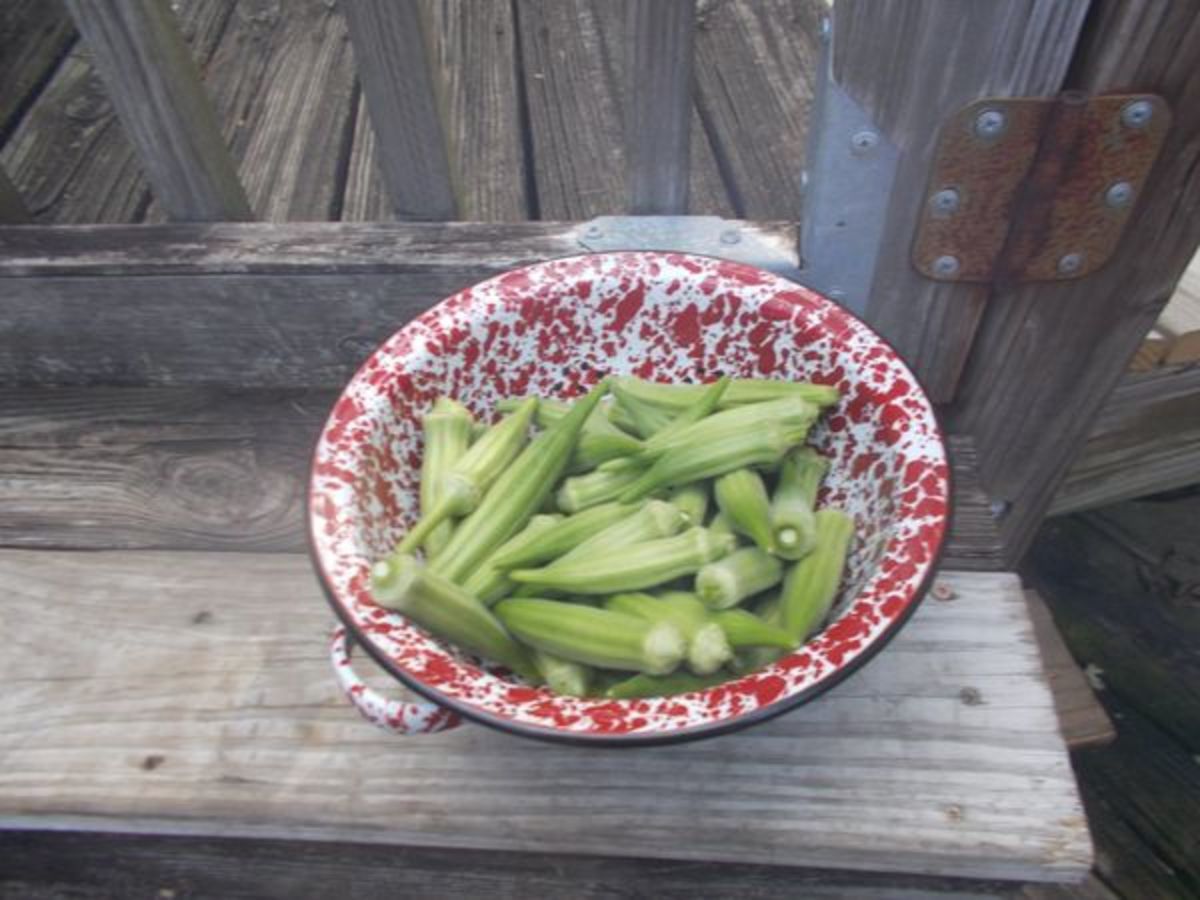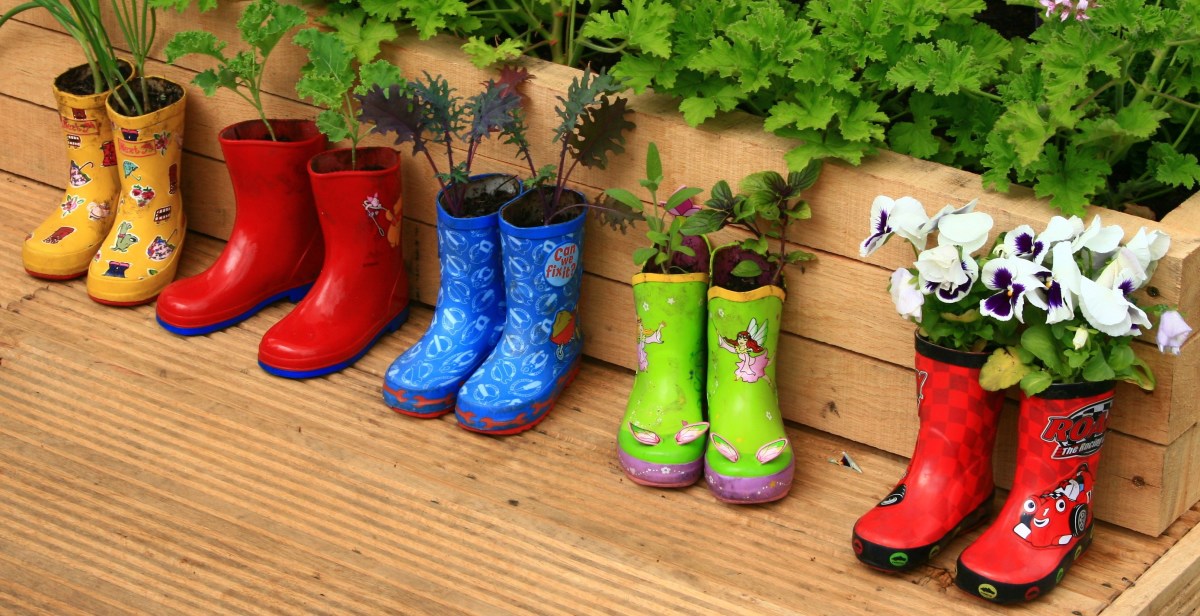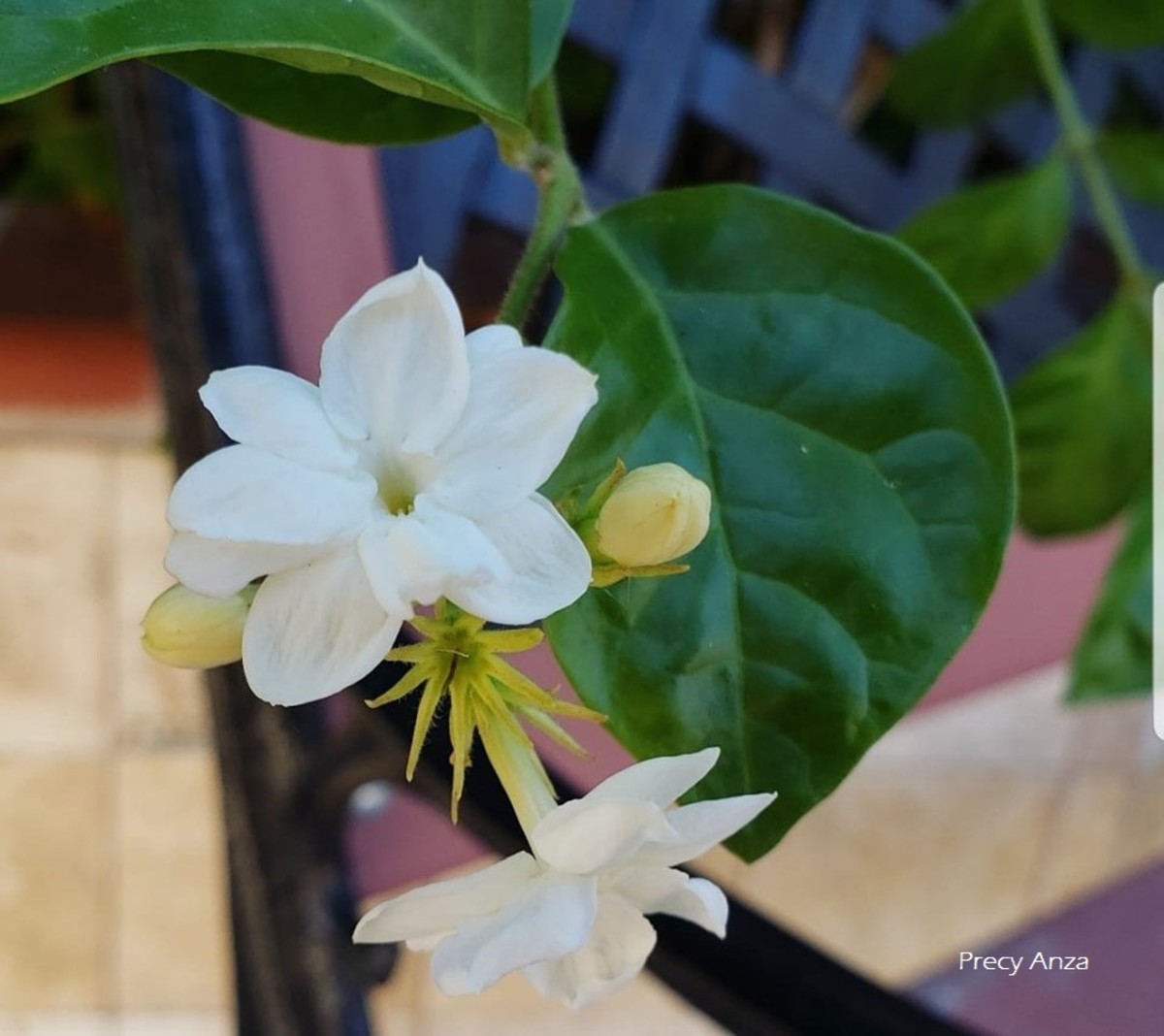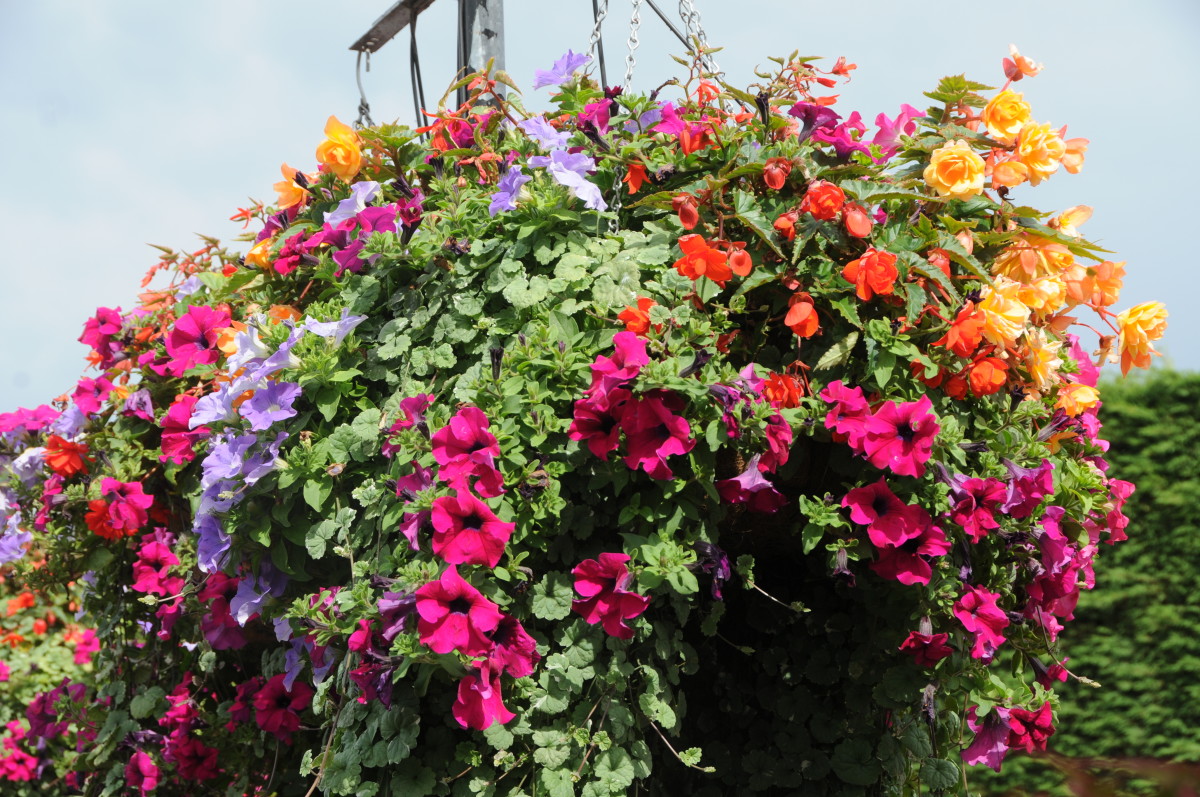How to Grow Herbs in Containers and Pots

Sure it's easy to go out and buy fresh herbs in the grocery store. But fresh herbs are expensive to buy. For the price of one plant, you can buy a couple of packages of different herb seeds and grow all the herbs you want. Store bought herbs may be sprayed with pesticides. If you grow your own, you can be sure your plants are organic and pesticide-free. Home grown and freshly picked herbs are the tastiest and the healthiest for you. If you buy them, you really never know how long they have been on the shelves.
So why not grow your own? It's easy to do. And there are a few benefits to growing herbs in pots instead of in the ground. You can move them around and bring them in for the winter if you want. Or just grow them inside year-round. And if you grow herbs in containers, you do not have to deal with weeding.
There are just a few things to remember when growing herbs in containers:
Make sure you have the right sized container for your plant. If the pot is too small for the plant, the plant will get root bound. The pots I use are 8 inches in diameter and they work well for me. Be sure it has drainage holes on the bottom.
Grow your herbs in fast draining potting soil. One that is equal parts soil, peat moss and vermiculite is a good choice. Regular garden soil is too heavy and it dries out too quickly, plus it may be filled with diseases, pests or weed seeds.
Be sure to water the herb often enough. Soil in containers tend to dry out more quickly, especially in the summer. Check your soil twice a day in the hottest part of summer to keep them from drying out. Keep in mind that different herbs have different water needs. Some, like lavender or rosemary, like it a little drier. Mint lives better in moister soil. Check the seed packet for information.

The easiest herbs for growing in containers:
Basil is an annual that likes to grow in full sun or a sunny windowsill. Plant it in well drained soil and keep it moist. Pick the leaves often, it actually grows faster if you pick. It is best known for its uses in Italian cooking and is an essential ingredient in spaghetti sauce.
Chives like a sunny or partly shady area outdoors. Inside, place your plant near a sunny windowsill. They prefer rich soil, and will tolerate either dry or moist conditions. Chives have a mild oniony flavor and are best known for use with baked potatoes. I like to add it to my homemade soups.
Parsley seeds take a long time to germinate. Soak seeds on warm water for a night to soften them and speed things up. Plants like sun or partial shade and rich, moist soil. To harvest, pick stalks close to the outside of the plant first. Just picking the top leaves will weaken the plant.
Mint is actually best grown in containers, indoors or out. It spreads rapidly and can be invasive. Mint plants like their soil moist and thrive best in partial shade, but it will survive anywhere. Be sure to pick it often so it doesn't get too big for the pot. You will have to dig it up and divide it every year or two. My favorite way to use mint is to pinch a few leaves and add it to boiling water to make mint tea.
How to Grow Herbs in Containers

Now that you have grown them:
- How to Gather, Dry and Store Your Own Herbs and Spices
If you have a lot of fresh herbs on your hands, you will need to know how to preserve them so you can enjoy them all winter long. This hub will tell you how to gather, dry and store your fresh herbs and spices.


